LED display is one of our common large screens. Since 2008, LED displays have shown many functions and effects. Nowadays, whether it is outdoors or indoors, LED displays have been recognized by people. As a customer, how should we accept the LED display? Let’s share some experiences on the Smd outdoor LED display acceptance.
The acceptance of Smd outdoor LED display screens generally starts from six aspects: color reproducibility, color difference, mosaic phenomenon, flatness, brightness viewing angle, and white balance effect.
1. The reducibility of color.
Color reproducibility refers to the reproducibility of the color of the display screen, that is, the color displayed on the display screen must be highly consistent with the color of the playback source, so as to ensure the realism of the image.
2. There is no color block.
Color block refers to the obvious color difference between adjacent modules. The color transition is based on the module. The color block phenomenon is mainly caused by poor control systems, low gray levels, and low scanning frequency.
3. Whether there are mosaics or dead spots.
Mosaic refers to the small four squares that are always bright or black that appear on the display. It is the phenomenon of module necrosis. The main reason is that the quality of the connectors used in the display is not good enough. Dead point refers to a single point that is always bright or black that appears on the LED display. The number of dead points is mainly determined by the quality of the die.
4. Flatness.
The surface flatness of the LED display should be within ±1mm to ensure that the displayed image is not distorted. Local protrusions or recesses will cause a blind spot in the viewing angle of the display. The quality of flatness is mainly determined by the production process.
5. Brightness and viewing angle.
The brightness of the SMD outdoor LED display screen must be above 1500cd/m2 to ensure the normal operation of the display, otherwise, the displayed image will not be clear because the brightness is too low. The brightness is mainly determined by the quality of the LED die. The size of the viewing angle directly determines the audience of the display screen, so the larger the better. The viewing angle is mainly determined by the packaging method of the die.
6. White balance effect.
The white balance effect is one of the most important indicators of the display. In color science, pure white will be displayed when the ratio of the three primary colors of red, green, and blue is 1:4.6:0.16. If there is a slight deviation in the actual ratio, there will be a deviation in the white balance. Generally, pay attention to whether the white is a blue or yellow Green phenomenon. The quality of the white balance is mainly determined by the control system of the display, and the die also has an impact on color reproduction.
The above 6 points are the basic acceptance points for Smd outdoor LED displays, and they are also the most direct acceptance direction.
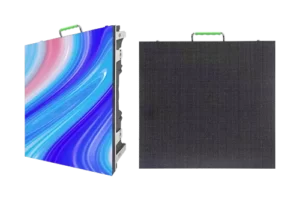


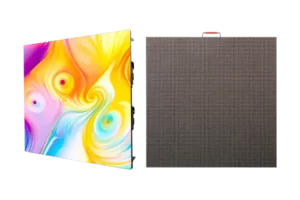






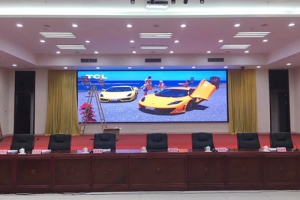
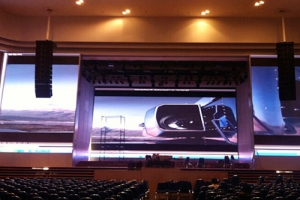
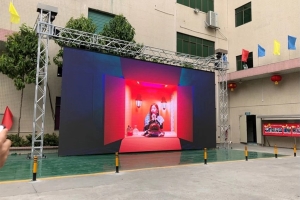
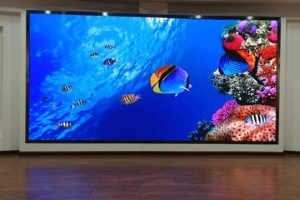
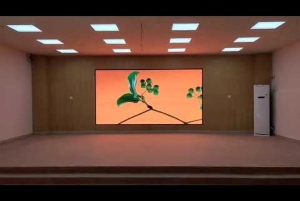
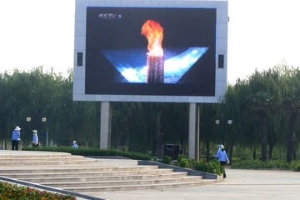






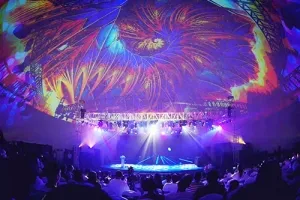








 Language
Language 




